Formula 1: Drivers and teams will be busy, despite summer break
- Published
- comments
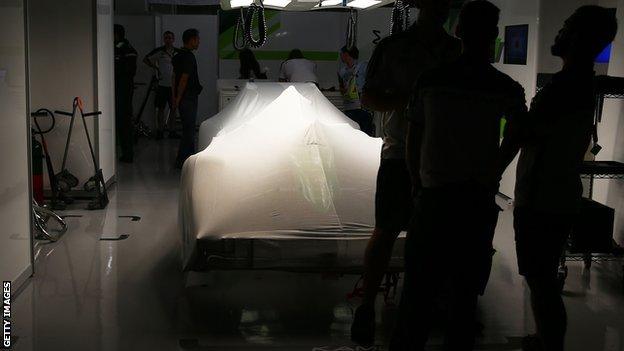
Formula 1 shuts down for two weeks - teams cannot even access emails during the summer break.
Formula 1 heads off on its official summer break at the end of this week but away from the cameras there will be plenty going on.
The teams have to officially close their factories down for two weeks and are not allowed to do any work on their cars, or even use work email.
But team bosses and drivers have mobile phones, and there is a lot to sort out in the coming weeks.
Driver contracts need to be sorted out for 2018, some teams could change engine suppliers and while they may be relaxing on the beach, or wherever, senior figures will be plotting how to maximise the second half of the championship.
Not least those at Ferrari and Mercedes, with the title battle between Sebastian Vettel and Lewis Hamilton finely poised.
So let's take a look at what could change before the Belgian Grand Prix on 25-27 August - and what could happen next.
The title race
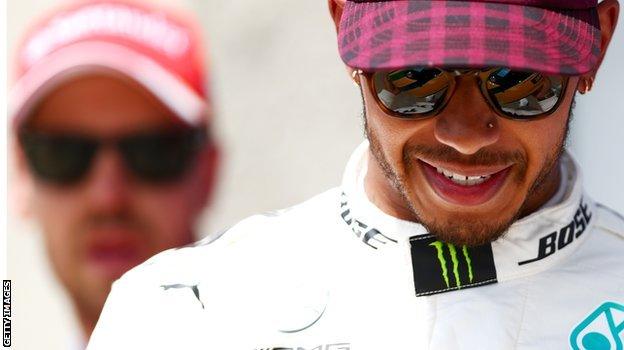
Hamilton is currently trailing Vettel by 14 points in the driver's championship
Eleven races into the world championship fight, a clear pattern has emerged in the performance of the Ferrari and Mercedes cars.
While they are closely matched everywhere, there is a trend in terms of which car performs best on which types of track.
Tight and twisty tracks, such as the last race in Hungary, favour Ferrari. The red car is already an easier car to work with, with a wider operating window. On top of that, it has a more effective high-downforce package.
In trying to match the Ferrari on these types of tracks, the Mercedes runs up against its performance limits, and as the drivers push to try to match the Ferrari, the car becomes difficult to drive, prone to snaps at the rear in some corners, understeer - a lack of front grip - in others.
As Hamilton said in Hungary: "When you drive it to a certain limit the car feels fine, but then you see Ferrari's time, you think you need to push further. So you drive 100% and the car is more on a knife edge. You are taking it into places you don't want to go."
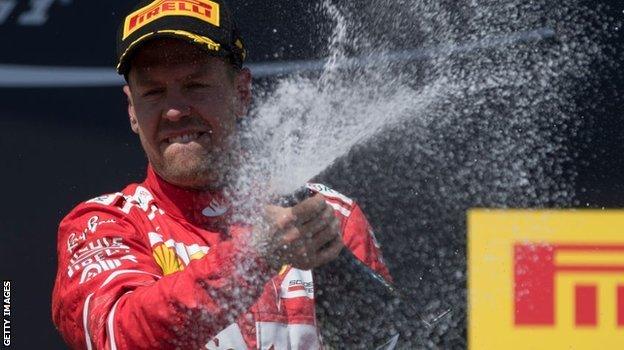
Vettel won in Budapest, taking his points total to 202 with nine races to go
The Mercedes, by contrast, excels on flowing, high-speed tracks, such as Silverstone, where Hamilton dominated. This is because it has better aerodynamic efficiency.
So how might this pan out over the next few races?
Mercedes should have the edge at the next two races in Belgium and Italy, on the classic Spa-Francorchamps and Monza tracks, giving Hamilton a golden opportunity to head into the Asian part of the season with an advantage.
But then comes Singapore, where Ferrari are likely to be pretty much unbeatable. Malaysia is hard to call, but might edge towards Mercedes. Japan's Suzuka is very like Silverstone and clearly a Mercedes track. Rain is common in Japan and Malaysia. The cars' relative performance in the wet is unknown, but they are conditions in which Hamilton excels.
That leaves the final four races in the USA, Mexico, Brazil and Abu Dhabi, all very hard to call.
It is, in other words, going to be tight - very tight. All the more reason for Hamilton, who admitted on Sunday he has given away more points than Ferrari, to focus over his holidays on how to stop doing that.
The top-team driver market

Kimi Raikkonen is out of contract at the end of the season - however his impressive drive in Hungary may have swayed the Ferrari bosses in his favour.
An unusually large number of top drivers are out of contract at the end of the year - both Ferrari drivers, Vettel and Kimi Raikkonen, Mercedes' Valtteri Bottas and McLaren's Fernando Alonso.
If it was only about performance, both Ferrari and Mercedes would be looking at Alonso, still at the peak of his considerable powers even though he had his 36th birthday over the Hungarian Grand Prix weekend.
But there is too much history there, and they are not.
Nothing is set in stone yet, but it is highly likely that both top teams will retain the same driver line-up.
The key is Vettel. There have long been rumours that he has some kind of pre-contractual arrangement with Mercedes, negotiated when he was doubting Ferrari's potential towards the end of a difficult 2016 season. But as far as this writer can ascertain that is not true.
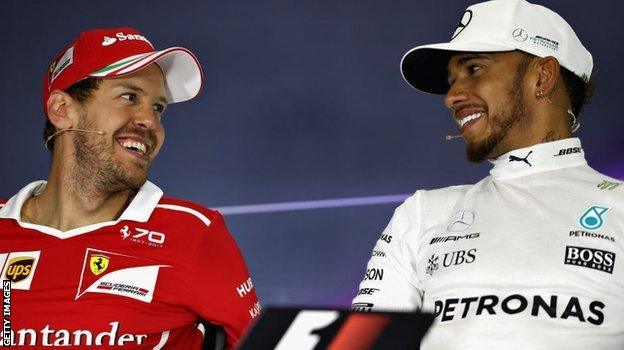
How would Vettel and Hamilton work as team-mates?
And while Hamilton is at Mercedes - he has a contract to the end of 2018 - it is hard to imagine Vettel going there, too. Partly because Vettel would be unlikely to fancy taking him on in the same team; and partly because Mercedes would be wary of putting two big beasts together (part of the reason why Alonso is not going there). And that's without considering the mammoth salary bill it would create.
Insiders close to Vettel say there is no chance at all he won't stay at Ferrari. He has gone there to emulate his friend and childhood hero Michael Schumacher and rebuild them into title winners, and they may even do it this year. He even admitted himself in Hungary, when asked whether he wanted to stay with the team: "I don't see why not."
If Vettel stays, so does Raikkonen - Ferrari, sources say, have already offered the Finn a new one-year contract on that basis.
At Mercedes, team boss Toto Wolff has strongly implied he wants to keep Bottas alongside Hamilton, but that he just wants time to think it over - which he says he will do over the break.
The reason is not so much this year's market as next year's - when both Red Bull drivers might be getable. Daniel Ricciardo's contract expires at the end of 2018, like Hamilton's. And while Max Verstappen's runs to 2019, it does contain clauses that could potentially mean he was free, depending on certain performance criteria which are not publicly known.
Other drivers
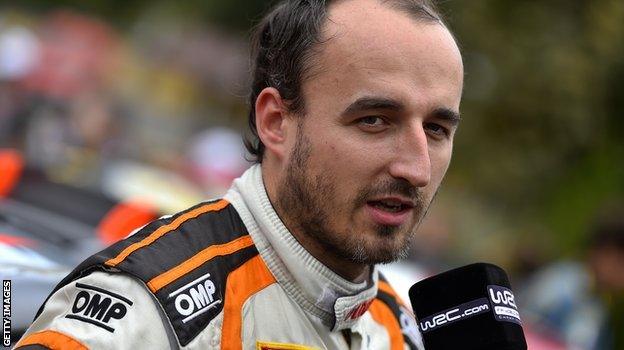
Kubica hopes to return to F1 after a life-changing crash in 2011
Outside the top three teams, much will have depended on Robert Kubica's test with Renault in Hungary - where he was setting apparently competitive times, and giving "excellent" feedback to the engineers.
The 32-year-old Pole and his former team are assessing his ability to come back to F1 more than six years after the horrific rally accident that left him with only partial use of his right arm.
If Kubica and the team are happy he can perform as before, there is no obvious reason why they would not sign him for 2018 - he's surely too good to turn down. Kubica could even race this year in place of Jolyon Palmer, who continues to struggle alongside team-mate Nico Hulkenberg.
The word is that Renault have offered Palmer a pay-off settlement, but it remains to be seen how this situation plays out.
The Kubica comeback would be one of the greatest sporting stories ever were it come off. But if it does not, Toro Rosso driver Carlos Sainz is said to be top of Renault's list.
The Spaniard would need to be bought out of his contract, but that could be facilitated by a potential engine swap for the Red Bull junior team, more of which in a moment.
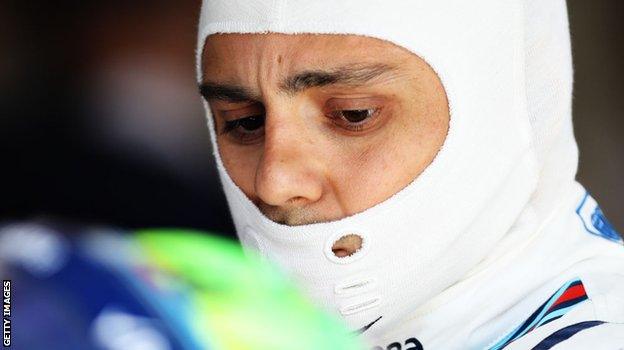
Massa had to be replaced by Williams' reserve driver Paul di Resta in Hungary.
At Williams, they face a choice of whether to continue with Felipe Massa, who missed Hungary because of illness, or choose someone else to partner Lance Stroll. And the question then is, how good a driver do they go for?
Stroll is young and raw. He has the potential and talent to be a solid and deserving F1 driver over and above the 10s of millions he brings to the team, but he is not there yet.
So there is a temptation not to aim too high and set a difficult standard for him to match. In terms of the team's overall performance, though, that approach has to be questioned - and is being by many, outside the team at least.
Alonso? He does not appear to have a lot of choices. He says he wants a competitive car next year, but with Mercedes, Ferrari and Red Bull not available, his realistic options are only Renault and McLaren. And Renault are not going to pay him the sort of money he commands at McLaren - $40m a year for the last three seasons.
McLaren want him to stay, and would be prepared to pay him significantly more than anyone else, but whether he re-signs may depend on which engine is in the back of the car next year. Which brings us on to…
The engine market
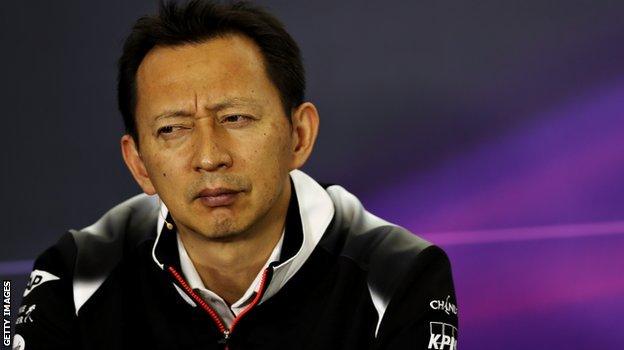
Yusuke Hasegawa, Head of Honda F1, will no doubt be in talks with McLaren over the coming months
It is no secret that McLaren's relationship with Honda is strained, following three seasons of poor performance.
Honda started the season with worse performance than they finished last year, despite a major engine redesign, and reliability has been shocking.
Only with the latest 'Phase Three' development, introduced competitively at the Austrian Grand Prix in early July, has the Honda matched the performance level it had at the end of 2016.
Unsurprisingly, then, McLaren have been casting around for a customer engine deal. First it looked like they would get a Mercedes, but that chance has now gone, as has Ferrari. That leaves Renault.
No-one wants to see Honda leave F1, though, and the Japanese company are in talks with Red Bull about supplying junior team Toro Rosso.
Red Bull's motorsport boss Helmut Marko was not even bothering to deny this last weekend. "Let's see," he said, smiling, when I asked him whether Toro Rosso would have Honda engines next year.
Red Bull's strategy is clear - get the Honda in the Toro Rosso, the overall performance of which does not really matter, as the team exists to blood young drivers, and if and when Honda get their act together, switch it to Red Bull and become the Japanese company's works partner.
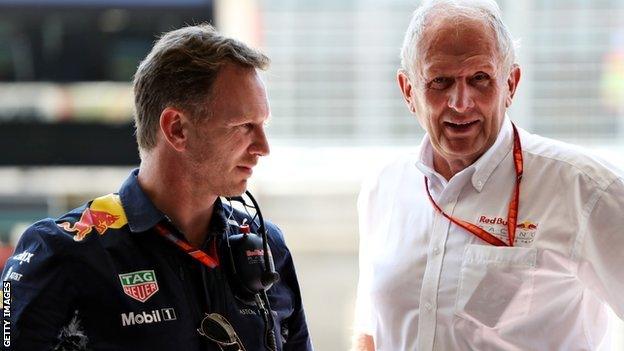
Red Bull's motorsport boss Helmut Marko has given nothing away on the possibility of a Honda engine in the Toro Rossos.
At McLaren, they have lost faith Honda can do the job. And while it might not seem such a bright idea to swap the worst engine in F1 for the second worst, and give up a net $100m a year in the process, performance-wise it might make sense.
The Renault is said to be 10-15kw (13-20bhp) off a customer Mercedes engine in race trim. The Honda is just over 60kw down (about 80bhp). That's a 60bhp power jump. Which as an average is about a second's worth of lap time.
That would have put Alonso on the second row in Hungary and the third row at Silverstone. And that makes selling sponsorship deals - all but impossible for McLaren at the moment - much easier. And it would probably be enough for Alonso to feel it was worth staying in F1.
McLaren are said to be optimistic a Renault deal can be done - and some senior figures also believe it is close. However, there are others who suspect that McLaren's Renault option will go the way of Mercedes and Ferrari - why, they argue, would the French manufacturer give engines to another team besides Red Bull who might beat them?
If that happens, McLaren would be stuck with Honda.
And Alonso? Well, a year in IndyCar and a second shot at the Indy 500 might suddenly take on a new appeal.
- Published30 July 2017

- Published31 July 2017

- Published30 July 2017
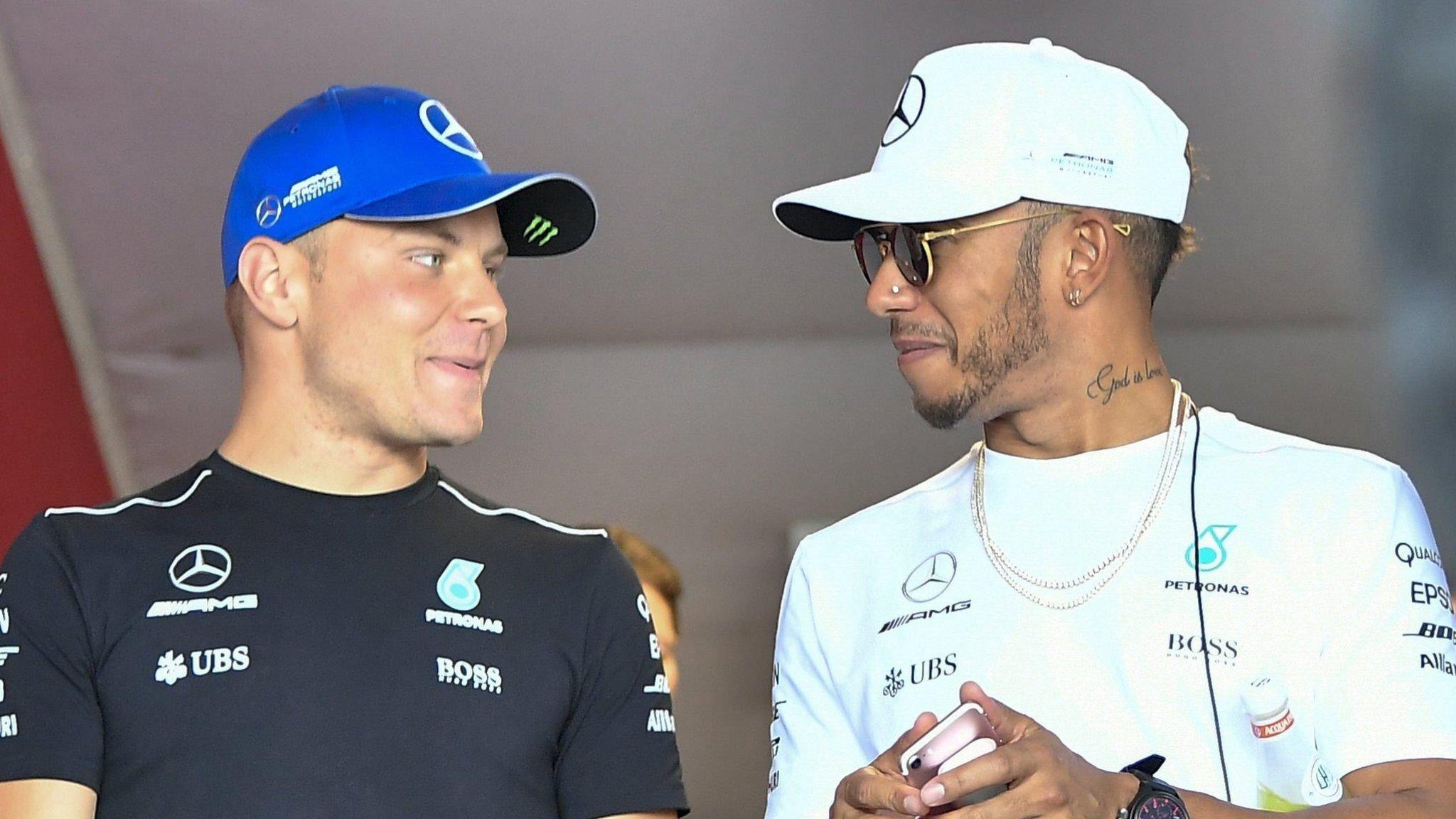
- Published30 July 2017